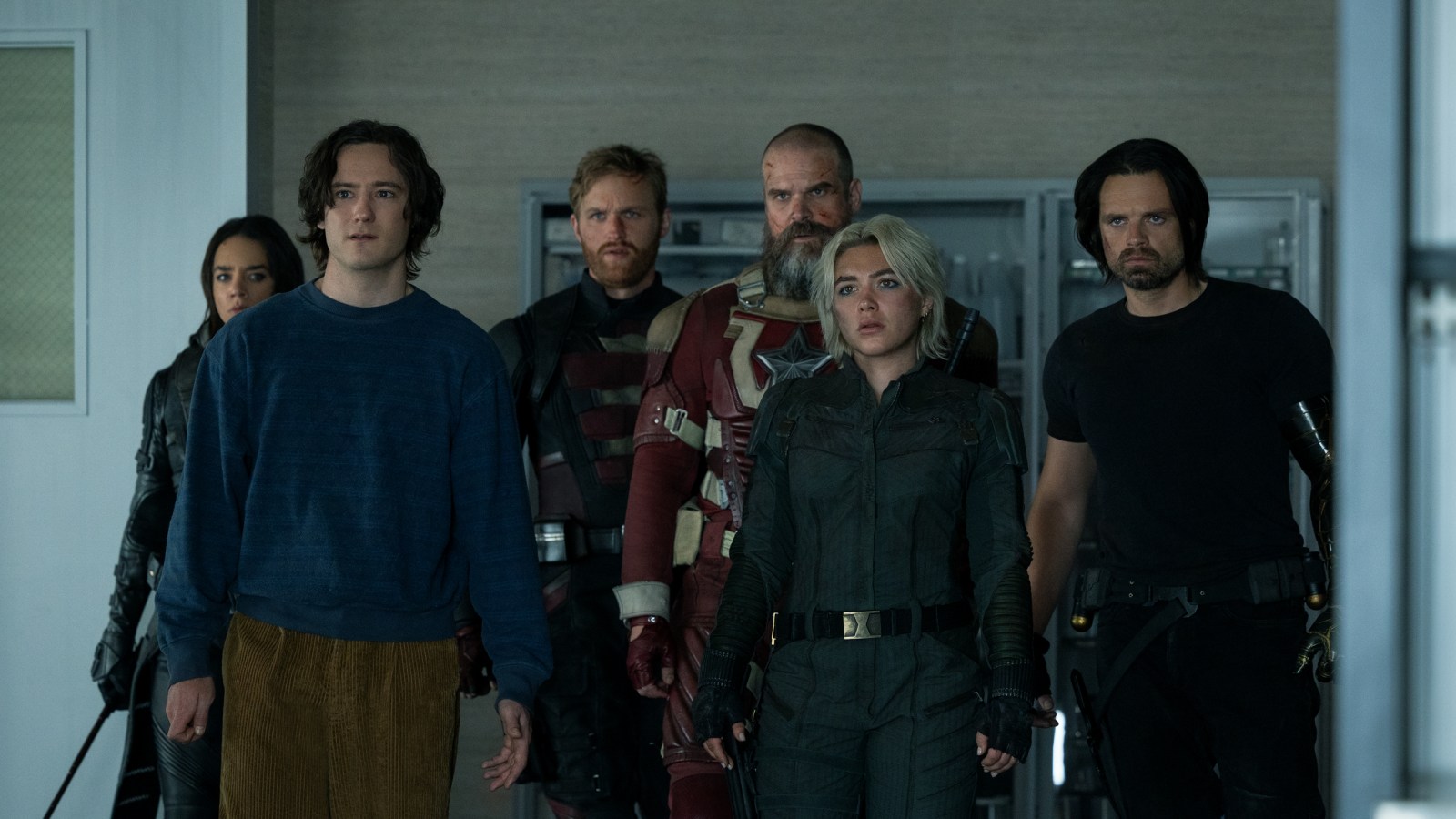Director Jake Schreier recently offered insightful perspectives into the making of Marvel’s “Thunderbolts*,” now available for audiences on digital and physical media. His interview delves into the collaborative ecosystem of the Marvel Cinematic Universe, shedding light on the intricate process behind bringing the anticipated superhero film to fruition and what elements he hopes viewers will notice upon a rewatch. Schreier’s vision, rooted in diverse filmmaking experiences, provides a fresh lens through which to appreciate the complexities of the MCU narrative.
Despite a modest initial box office performance, “Thunderbolts*” has resonated deeply with fans and critics alike, earning the unequivocal approval of Studios’ head, Kevin Feige. This positive reception cemented Feige’s decision to entrust Schreier with the directorial reins, recognizing his distinct talent for crafting narratives that transcend conventional genre boundaries. The film’s critical acclaim highlights Schreier’s ability to navigate the expansive MCU landscape while injecting his unique artistic signature.
Schreier’s directorial journey, prior to Thunderbolts*, includes critically acclaimed works such as the indie dramedy “Robot & Frank,” the captivating YA adaptation “Paper Towns,” and the Emmy-winning series “Beef.” These projects showcase his knack for infusing storytelling with darkly comic elements and a sincere exploration of mental health themes, a rare and welcome departure within the realm of high-octane superhero films. His diverse background clearly influenced the nuanced approach taken with “Thunderbolts*.”
With “Thunderbolts*” enjoying its digital release on various platforms, Schreier thoughtfully discusses specific scenes he believes gain added resonance on repeated viewings. He particularly emphasizes the pivotal close-up of Yelena at the film’s conclusion, marked by a subtle, enigmatic smile. This moment, he explains, serves as a powerful capstone to a recurring visual motif intricately woven throughout the narrative.
Florence Pugh, portraying Yelena, meticulously developed a distinctive “mnemonic” — a series of gestures connecting her character to moments of profound introspection, often tied to a sense of impending doom or peace with mortality. This sequence, where Yelena closes her eyes, takes a deep breath, and then opens them to confront her circumstances, is artfully replayed four times: in the opening shot, within the vault, during a near-incineration experience, and notably, when she decisively steps into the Void. By the film’s end, this intense moment transforms into a subtle, knowing smile, revealing significant character evolution.
Given his past work on independent films and original television, there was considerable industry buzz surrounding how Schreier would integrate an “indie sensibility” into a massive Marvel production, with marketing even drawing comparisons to A24. Schreier credits much of his filmmaking insights and approach to his long-standing friendship and professional relationship with fellow director Jon Watts, who he was roommates with in film school. Their collaborative discussions laid a foundational understanding of the craft.
Watts, having previously worked extensively within the Marvel framework, offered invaluable guidance to Schreier, particularly regarding the dynamic operational culture of the studio. A key lesson imparted was the inherent understanding that within the MCU, creative endeavors are perpetually evolving. As Schreier articulates, “You’re never done. Like, you never go into a meeting and say, ‘I think we’re good.’” This philosophy underscores the continuous drive for refinement and innovation.
Ultimately, Schreier describes Marvel as an exceptionally “collaborative, open, and inviting place to work.” This environment thrives on a reciprocal push-and-pull, where creators are encouraged to continuously challenge themselves and their work. This culture of constant improvement ensures that each MCU installment, including Thunderbolts*, benefits from a dynamic and interactive creative process, leading to a richer and more engaging cinematic experience for audiences.






Leave a Reply